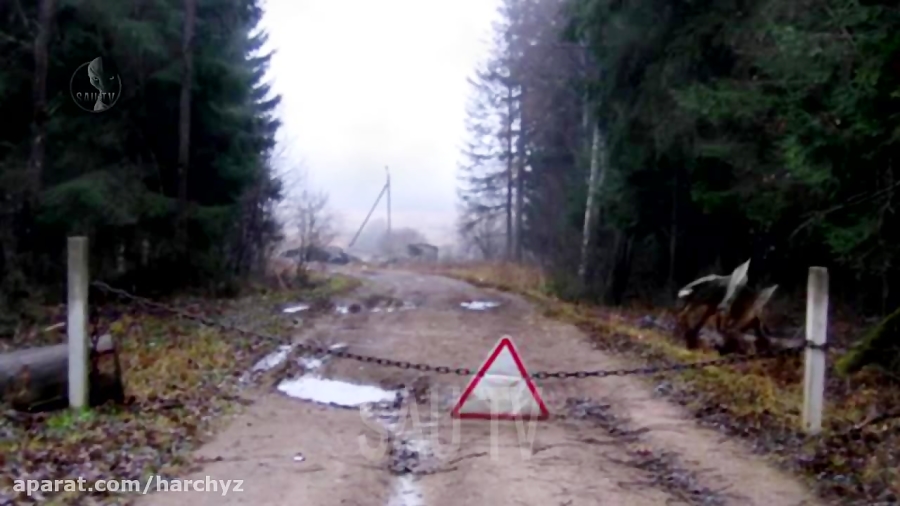Chernobyl reactor, where a major nuclear explosion occurred in the mid-1980s – have become genetically different from their counterparts living in other places.
This discovery – the results of which were recently published in the scientific journal “Science Advances” – is considered important by scientists to better understand the relationship between radiation and health.

Stray dogs at the disaster site
In 1986, one of the reactors of the Chernobyl nuclear power plant in Ukraine exploded, releasing a huge amount of radioactive pollution into the atmosphere that spread across Europe and North America.
At that time, residents were forced to leave the area in a hurry in the first hours that followed the explosion, and the Ukrainian government later issued instructions to kill pets abandoned by residents.
However, some pet dogs survived the operation and lived within the exclusion zone around the reactor, with a radius of 30 km. Over time, members of the intervention teams working on the post-disaster nuclear power plant isolation project fed and cared for these animals, after which they were left to fend for themselves.
It is currently estimated that more than 800 “descendants” of these dogs live in and around the reactor.
Today, nearly 4 decades later, radioactive elements released after the disaster still permeate soil and water, with traces carried by animals living in the exclusion zone, including Chernobyl dogs.
But how did radiation affect the genes of these organisms over time?
Scientists believe that answering this question by studying their DNA can help them better understand the effects they have on physiology and health.

Finding a genetic difference
 .
.






